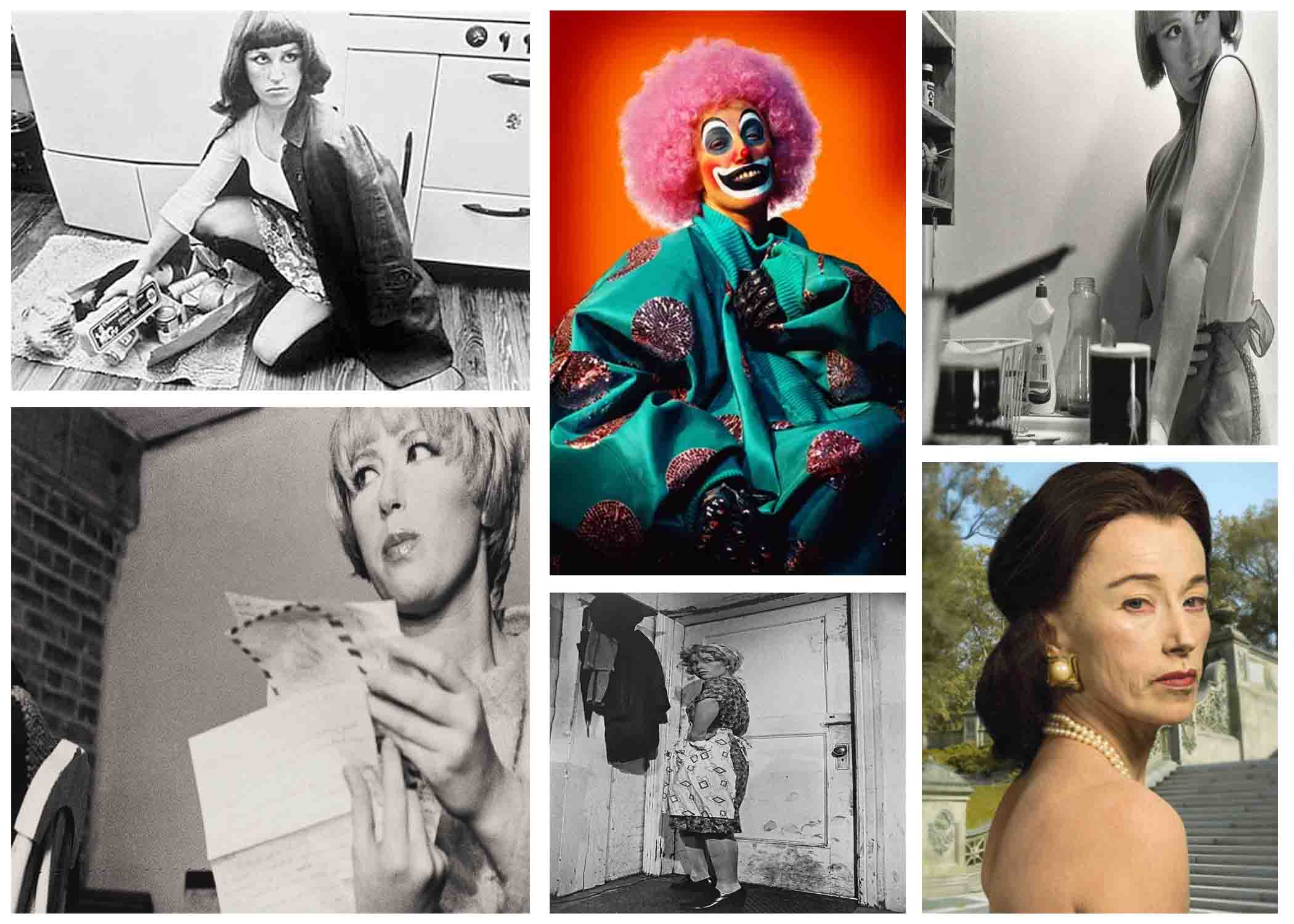
Tableau photography is a static scene containing one or more models or actors. They are usually in costume and are planned out carefully to create a certain scene.
The term was first used in the eighteenth century by French philosopher Denis Diderot to describe paintings with this type of composition. Tableau paintings were natural and true to life, and had the effect of walling off the observer from the drama taking place, transfixing the viewer like never before.
In the 1860s, the concept of the tableau reached a crisis with Édouard Manet, who, in his desire to make paintings that were realistic rather than idealised, decisively rejected the concept of the tableau as suggested by Diderot, and painted his characters facing the viewer with a new vehemence that challenged the beholder.
In the 1970s, a group of ambitious young artists like Jeff Wall and Andreas Gursky began to make large format photographs that, like paintings, were designed to hang on a wall. As a result these photographers were compelled to engage with the very same issues revealing the continued relevance of the tableau in contemporary art.

